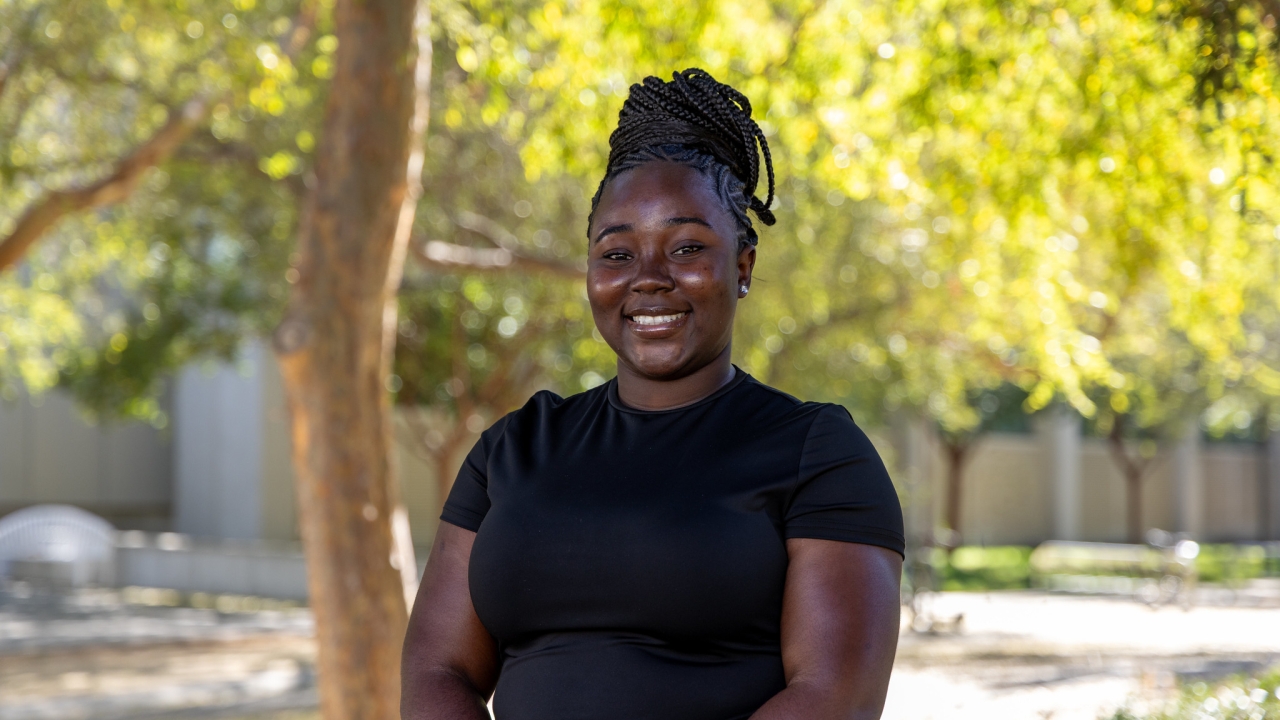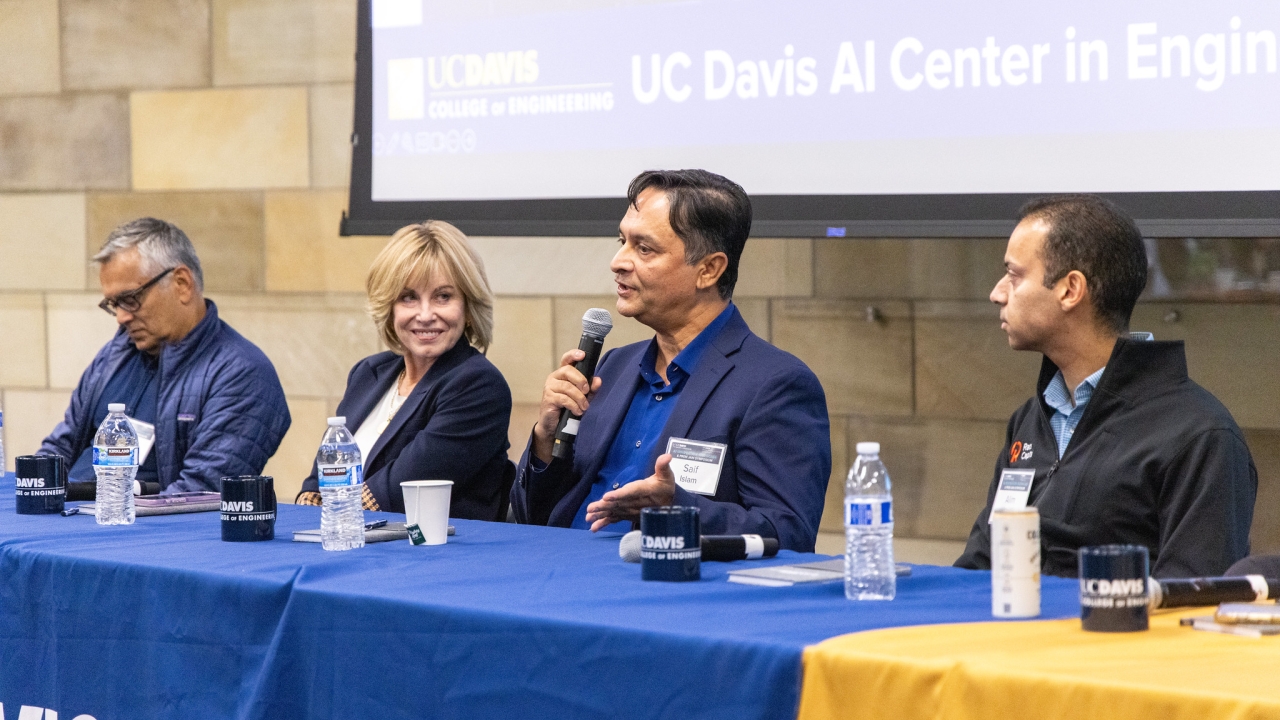
Arena Upkeep Key for Preventing Horse Injuries, Research Finds
Arena owners in equestrian sports have spent a lot of money to obtain synthetic surfaces, which are a mixture of dirt, fiber, rubber and other particles. They have moved in this direction with the thought that artificial surfaces would create better footing for the horses and thus result in fewer injuries during competition. Yet, there has never been any research to back up or refute this theory — until now.

While a doctoral student at the University of California, Davis, biomedical engineer Christina Rohlf, Ph.D. '23 studied the mechanical properties of different surfaces used in equestrian sports and which specific properties of each factored into tendon and ligament injuries of show jumping horses.
Through her research, Rohlf determined no discernable benefits between the different types of materials. It was surface upkeep that had the most significant impact on decreasing muscular injuries in horses.
"Instead of the surface categories [i.e., dirt vs. synthetic] predicting injury, we found that the amount of loose soil on the top of the surface, like how deep that is, is a factor that contributes to injury," she said.
Research in Motion
In order to conduct her research, Rohlf built a shear surface tester, a collection of sensors and motors to analyze each surface repetitively. With it, she examined how horse hooves slid horizontally on varying textures. She combined this with data she collected with a vertical impact tester, showing how much impact each foot received after hitting the ground.
Rohlf also put markers on various bone segments on a horse to collect data of joint angles from each limb while jumping. In this way, Rohlf could analyze which surface properties were associated with increased joint extension angles (a risk factor for soft tissue injury).
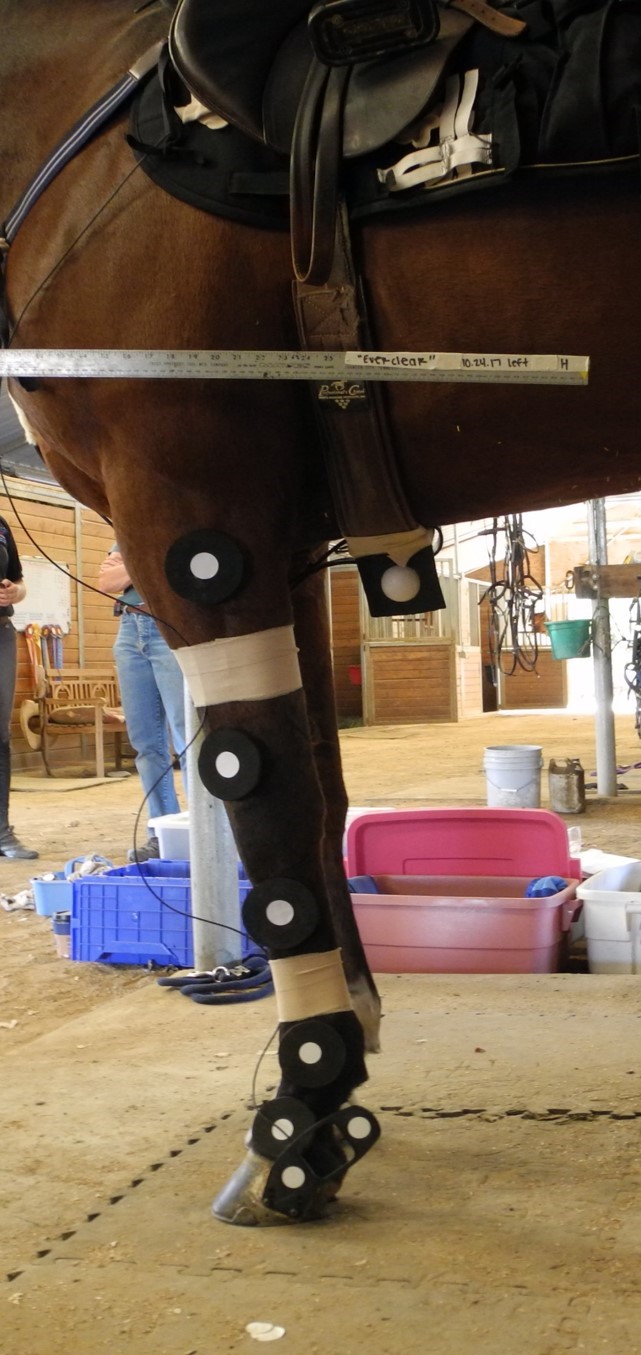
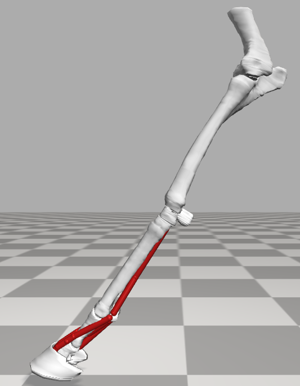
Rohlf uses markers to collect data about the horse's limbs (left), key information for the simulation of tendons seen on the right. (Courtesy of Christina Rohlf)
"Correlation does not equal causation, so we couldn't 100% be sure that there was one causing the other, but we could identify significant trends between the two properties," Rohlf said.
Rohlf also developed a computer model of the equine forelimb of a jumping horse using software called OpenSim. Development of this model started with a previous graduate student of Susan Stover, Rohlf's graduate advisor and a professor of surgical and radiological sciences at the UC Davis School of Veterinary Medicine.
"We were able to use the joint angles as inputs for the model and then output what the forces and strains of all the tendons and ligaments were during stance," Rohlf said.
Typically, researchers would have to surgically implant strain gauges into the horses, but Rohlf used high-speed motion capture and computer modeling. "We were able to calculate or figure out those tendon forces without doing anything invasive," she said.
The biggest outcome of these models was that when an impactor, or hoof, hits the ground and drops for a second time in the exact location, the amount of force observed by the limb increases almost twice the initial shock. This means that during competition, the horse landing on a hoofprint, rather than a flat, undisturbed surface, receives higher impact forces and is more liable to injury.
However, Rohlf noticed that the second horse experienced less surface sinkage and could move into its next stride more quickly. Thus, it is more competitively advantageous, but there is a trade-off for safety.
Real World Impact
Arena owners most commonly manage equestrian surfaces by harrowing the topmost layer. This means breaking up and raking the visible surface to remove previous imprints, creating an aerated layer, or cushion. For example, they harrow the ground at the Olympics once every 15 to 20 horses. People do it less often in amateur races — about every 50 horses.
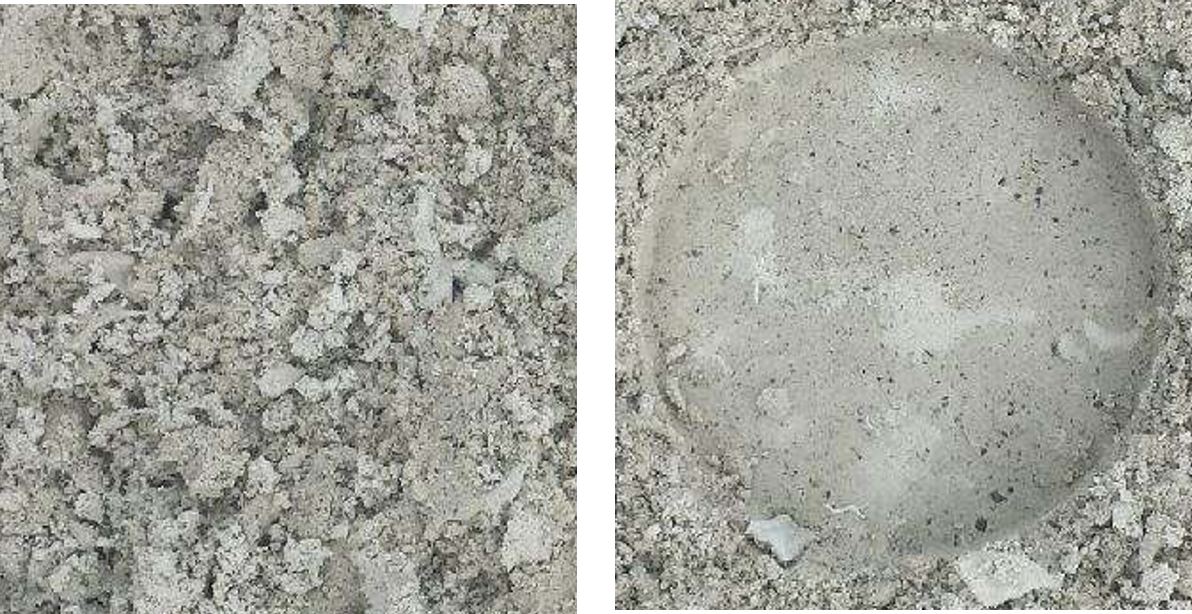
"So our big recommendation is to increase the frequency that arena owners are harrowing the surface during the competition just to help prevent injury," Rohlf said.
Improving the health and wellness of animals is critical for Rohlf, who now applies her biomedical engineering expertise as a product design engineer at Morova, a leading supplier of veterinary orthopedic implants. In line with her mission, her graduate research at UC Davis provides critical insights that could keep horses safer and healthier in the equestrian sport.
"I think the equestrian industry will benefit from Christina's work by knowing how surface maintenance and composition are related to the horse's limb/hoof interaction," said Tanya Garcia-Nolen, a biomedical engineer and lab manager at the JD Wheat Veterinary Orthopedic Research Laboratory at the UC Davis School of Veterinary Medicine. "They can use this information to guide surface composition and maintenance and to optimize it for performance horses."

